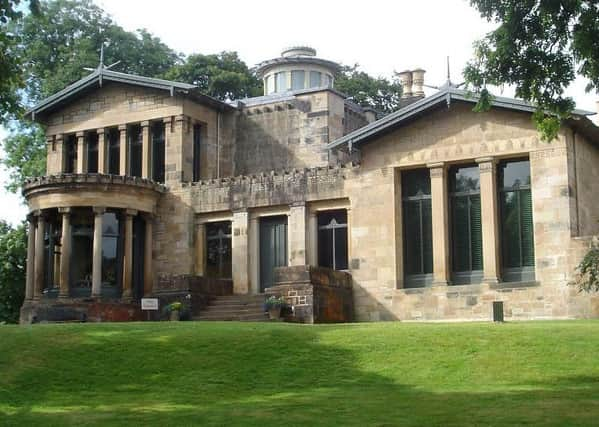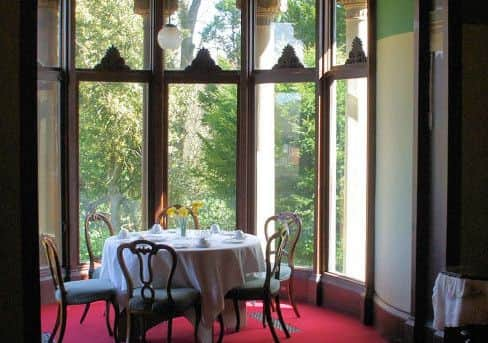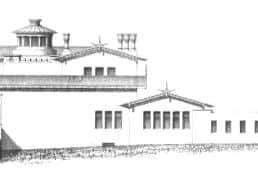Scotland’s hidden wonders: Holmwood House, Glasgow


WHAT IS IT?
Originally constructed as the private residence of wealthy paper magnate James Couper in the 1850s, Holmwood House is today owned by the National Trust for Scotland. It’s a grand villa built in the Greek Revivalist style which has retained most of its original interior design. The intricate designs of Holmwood’s walls are progressively being uncovered by conservationists keen to undo modifications made to the property in the 1920s.
WHERE IS IT?


The exquisitely-detailed villa is located on Netherlee Road in the Cathcart suburb of southern Glasgow and has since been surrounded on all sides by the city’s continued development. Sitting above the White Water of Cart, the property used to enjoy views of Cathcart Castle until the building was demolished 35 years ago.
WHEN WAS IT BUILT?
Advertisement
Hide AdAdvertisement
Hide AdHolmwood’s construction began in 1857 and was finished little over a year later to popular acclaim within Glasgow’s architectural circles. In 1885, a replica was made on the orders of William Austin Horne – a wealthy industrialist and politician – in Adelaide. This Australian building was made from the original plans, published in Villa and Cottage Architecture in 1868.
WHO DESIGNED IT?


Built in a Greek Revivalist style by Alexander Thompson, the dining room exhibits paintings of Homer’s Iliad and the hall chimney sculture was crafted by George Mossman. Bright bay windows permit lighting to come into the large front rooms, creating an airy and grandiose space for visitors to enjoy.
IS IT A TOURIST ATTRACTION?
Yes – it regularly hosts indoor attractions as part of its status at the National Trust for Scotland. Furthermore, the building experienced greater fame at the end of the 20th century when the Clydesdale Bank published a £20 note which commemorated the city’s nomination as a UK City of Architecture and Design. As one of the city’s best-known designs, Holmwood’s famous dome made it onto the note.